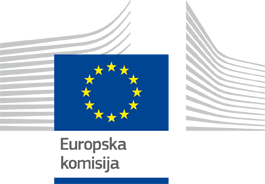

FLAG Factsheet
The area is located in the northeast of Saxony and borders the state Brandenburg.
Lignite mining, a major economic activity of the territory during the 19th and 20th centuries has profoundly altered the local landscape resulting in the creation of huge artificial lakes.
The Oberlausitzer Heide und Teichlandschaft in the south of the region is one of the biggest commercially used lakelands in Germany. Here, there are 1,925 hectares of lakes with an economic use. They are found in the municipalities of Rietschen, Kreba-Neudorf, Boxberg, Lohsa. The pond farming sector is important for the area as a source of employment. Furthermore, the importance of this activity for building up a regional identity should not be underestimated.
The area is sparsely populated and affected by important demographic changes: young people are leaving the area, birth rates are declining leading to an accentuated aging of the remaining population. This in turn leads to further problems related to public services, a shortage of skilled labour and a lack of local public transport etc.
Approximately one third of the area is protected, which include:
One of the four strategic goals of the Lusatian Lakeland FLAG is to boost the regional economy together with the employment market. This also includes the promotion of sustainable and competitive aquaculture.
Another strategic goal is the care and development of the cultivated landscape. The protection of natural resources is the basic requirement for a competitive fishery.
Regional
Project examples could be:
The Lusatian Lakeland FLAG has specific calls and deadlines for potential beneficiaries to submit projects.
The homepage of the LAG / FLAG provides information about the calls and deadlines.
The FLAG is interested in inter-territorial cooperation. Possible subjects could be cooperative marketing and the problems of the environment and nature protection.
The FLAG territory is the same as the one of the LAG Lusatian Lakeland. Also, the decision-making board is the same. The strategy for the FLAG was developed in coordination with the LEADER-Strategy of the LAG Lusatian Lakeland. There is only one overall strategy.
FLAG members, as well as LAG members, include: